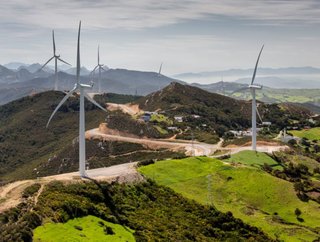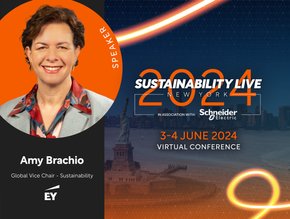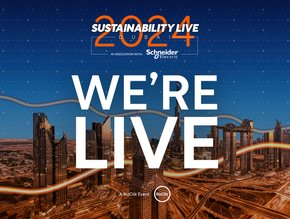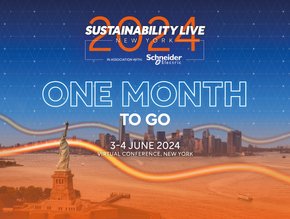Microsoft’s Record-Breaking US$10bn Renewable Energy Deal

Global tech powerhouse Microsoft has signed the world’s largest clean power deal.
Partnering with Brookfield Renewable Partners, the monumental US$10bn deal is set to unleash a 10.5GW of generating capacity onto the grid.
Commencing in 2026, Brookfield will spearhead the deployment of more than 10.5 gigawatts of renewable energy capacity, equivalent to the output of 10 nuclear power plants. According to Brookfield, this pact dwarfs any previous corporate renewable energy procurement, ballooning eight times larger than its predecessor. The focus will be on harnessing solar and wind power, with a nod to emerging zero-emission energy technologies.
“Through the global framework agreement, Brookfield and Microsoft will contract more than 10GW of new-build renewable capacity in the US and Europe before 2030,” explains James Phillips, Director of Global PPA and Origination at Brookfield.

“We have huge plans to build on our existing c.33 GW of global renewable operating assets and it's partnerships like this that will make it happen.”
For Microsoft, this move aligns seamlessly with its longstanding commitment to renewable energy adoption.
Renowned as one of the globe's foremost corporate purchasers of green energy, Microsoft currently boasts contracts for more than 20GW of renewable power. In 2021, it clinched a spot in an elite league of top green energy users, powered entirely by small-hydro, wind and solar resources, covering its mammoth 6.7bn kWh electricity usage.
“We want to use our influence and purchasing power to create lasting positive impact for all electricity consumers,” says Adrian Anderson, Microsoft’s General Manager for Renewables.
With more than 5GW of data centre capacity operational, Microsoft shows no sign of slowing down. In the pipeline are plans to beef up its server power by 1GW within the next six months, followed by an additional 1.5GW of fresh data centre capacity in the first half of 2025.
The deal also supports Microsoft's unwavering dedication to bolstering its AI initiatives while addressing the energy demands of its sprawling data centres.
Microsoft’s sustainability strategy
Microsoft is working towards becoming carbon negative – offsetting more emissions than it produces – by 2030.
Central to this mission is Microsoft's robust carbon removal portfolio, harnessing a range of negative emission technologies including afforestation, reforestation, soil carbon sequestration, bioenergy with carbon capture and storage and direct air capture.
Backing up its commitment, Microsoft's Climate Innovation Fund is on track to inject a hefty US$1bn between 2020 and the end of this year. This substantial investment is poised to turbocharge carbon reduction and removal efforts, leveraging cutting-edge technologies to combat climate change head-on.
“While we at Microsoft have worked hard to be carbon neutral since 2012, our recent work has led us to conclude that this is an area where we’re far better served by humility than pride,” Microsoft’s official blog says.
Carbon negativity supports Microsoft’s journey to net-zero emissions by 2050. This ambitious target encompasses slashing its Scope 1 and 2 emissions by the same deadline, transitioning all data centres, buildings and campuses to rely entirely on renewable energy sources.
Additionally, Microsoft aims to electrify its global campus operations vehicle fleet by 2030.
While the approach to Scope 3 emissions differs slightly, Microsoft remains resolute. The aim is to reduce emissions by more than half by 2030 through initiatives including implementing an internal carbon tax across all business divisions and collaborating with suppliers to curb emissions.
Microsoft is not only leading by example but also empowering its customers to shrink their carbon footprints. Leveraging data science and digital tools, the company partners with clients to embrace low-carbon solutions. Transparency is key, with Microsoft openly disclosing its carbon footprint and championing industry standards in annual reports.
Beyond its operational efforts, Microsoft is a vocal advocate for global carbon research, advocating for regulatory reforms and market mechanisms. The company fosters employee engagement, emphasising the collective action needed to drive carbon reduction and removal efforts forward.

Brad Smith, Vice Chair and President at Microsoft, adds: “While the world will need to reach net zero, those of us who can afford to move faster and go further should do so.”
******
Make sure you check out the latest edition of Sustainability Magazine and also sign up to our global conference series - Sustainability LIVE 2024
******
Sustainability Magazine is a BizClik brand
******






